The introduction of CAA 2019 supercharged the political landscape of India for the first time since the formation of the BJP government at the Centre in 2014. The most notable of all aspects that the CAA 2019 brought under the limelight is the grant of citizenship based on religion, causing a rupture in the constitutionally secular fabric of citizenship laws in India. As the movement against CAA 2019 picked up, citizens and pressure groups were quick to point out that besides Muslims, people from the Dalit, Bahujan and Adivasi (DBA) communities are equally vulnerable to the said amendment in the Citizenship Act.
Minority groups like Matuas of West Bengal whose long-standing demand was the citizenship of India were left in a split: Is this another empty promise of citizenship, to be weaponized to garner votes? Or was their time-honoured demand finally heard?
The hopes of the Namashudra community (Dalits/ Schedule Caste) underwent a paradigm change in the four long years that CAA remained unimplemented, its rules undeclared. However, just ahead of the General Assembly Elections, as the Central Government declared CAA Rules 2024, the reactions of these minority groups were divided. While a section of the Matuas offered their unwavering support to CAA 2019 and pledged their allegiance to the BJP, another section of the Matua population alleges that the CAA 2019 does not promise them any benefit or honour their citizenship demands.
Despite the BJP’s grand-stylized promise of a citizenship grant to everyone who entered the territory of India before 31 December 2014, a part of the Hindu minority communities adjudged the CAA 2019 as an Act that would not fulfil their demands.
A Promise that Was Never Meant
The Namashudra community in West Bengal has been subjected to the threat of eviction, displacement and deportation for decades. The Namashudra community is said to have arrived in Bengal in mainly three phases:
(I) Between October 1946 - March 1958 (referred to as the First Phase of the Old Immigrants)
(II) Between April 1958 - December 1963 (referred to as the Second Phase of the Old Immigrants)
(III) Between January 1964 - March 1971 (referred to as the New Immigrants)
Around the 1970s, every ruling party presiding at the helm of the affairs of the state had to deal with the question of what was to be done with the overwhelming influx of the Namashudra population. While a section of the First Phase of the Old Immigrants was granted facilities like employment and loans for agricultural and non-agricultural purposes, the Government planned to “rehabilitate” the rest of the immigrants to faraway locations like Andamans, Rajasthan and Dandyakaranya. They could accept or reject the proposal of rehabilitation by the Government. However, rejection of such a proposal would mean that they would cease to be the government’s responsibility and thus, cease to receive the concessions that were due to them. Many chose to trust the government rehabilitation process, only to realise that their sustenance in those areas of rehabilitation was unfathomable. Later, under the Left Front government in Bengal, their demands for resettlement in Bengal intensified.
However, under the Left Front government, their demands were not only met with apathy but also with violence. Namashudras who undertook initiatives to shift and settle in the uninhabited islands of Sundarbans were either massacred (see Marichjhapi massacre) or were deported back to their areas of rehabilitation. The issues of livelihood were never seriously lent an ear to by the State Government. Moreover, the demands for citizenship by the New Immigrants, including those who came after 1971 were met with complete apathy by the Government.
As the BJP government at the Centre rolled out the red carpet for the Citizenship Amendment Act 2003, which introduced the concept of “illegal immigrants” for the very first time, the namashudra community of Bengal burst forth in protest. Their demand to be granted unconditional citizenship has been upheld by both the ruling TMC and its opposition, BJP but they have received no assurances so far. As per the CAA Rules 2024, the application for citizenship under CAA shall require the diaspora of Namashudras and Dalit, Bahujan and Adivasi groups to declare their citizenship status without any promise of being guaranteed the grant of citizenship, leaving them vulnerable to the threat of confinement and deportation.
Misplaced Demands
When we talk about the controversial CAA 2019, the mention of an amendment to the Passport Entry Act of 1920 and Foreigner’s Act of 1946 becomes indispensable. These two Acts were amended in 2015 to grant exemption to non-Muslim migrants from the penal provisions under the Act if they happen to enter the territory of India without valid passports or travel documents owing to a threat of religious persecution. In the context of Bengal, this meant that the Namashudras were exempt from the penal provisions under these Acts. The amendments were discriminatory as they excluded Muslims from being exempted under the penal provisions. Moreover, there was still no guarantee of citizenship for non-Muslim immigrants.
As the protest against CAA 2019 took off in December 2019, activists and pressure groups made serious omissions in collating the demands of the anti-CAA movement. The central demand of the anti-CAA movement was the demand for the repeal of CAA 2019. However, the repeal of the discriminatory provisions of the Passport Entry Act 1920 and the Foreigner’s Act 1946 remained uncomprehended and unaccounted for in the demands. Moreover, the movement also failed to demand the repeal of CAA 1986 (amended in 1992), which provided that for the grant of citizenship by birth, either of a person’s parents must be an Indian Citizen.
Besides CAA 1986, the movement also failed to place demands directed towards the repeal of CAA 2003 which lays down that for anyone to be a citizen of India, both parents must be Indian citizens. Civil rights organisations needed to represent the demands of the DBA community which included the removal of the caveat from the grant of citizenship by birth. In effect, the demand shall be synonymous with the introduction and enactment of the right of Jus Soli in the Indian Citizenship Act. In simpler terms, it is the demand that every person born in India must be granted citizenship unconditionally, irrespective of the nationality of their parents.
Unfortunately, the movement also overlooked the problem of government negligence faced by those DBA communities who have demanded citizenship from the Government for decades. Thus, the anti-CAA movement could not mobilize the large masses of people from the DBA communities whose demands were unconditional grants of Indian Citizenship.
Conclusion
With the introduction of CAA Rules 2024, the sparks of the anti-CAA movement are evident again. Perhaps, this time, it may be a crucial turning point for the stakeholders of the movement to include the demands of the DBA communities, who are as affected by the proposed NRC-CAA as the Muslim community, within the scope of the movement to make the movement sustainable among sections of population worst-affected by political uncertainty owing to the question of citizenship. The CAA Rules 2024 is the concretization of the legalized terror that CAA 2019 is. It is, therefore, essential to approach the problem of the Indian Citizenship Law as a question that transcends religious colourism to unite all individuals whose identities (social, cultural or political) are subject to contempt today.
Disclaimer: These are the personal opinions of the author







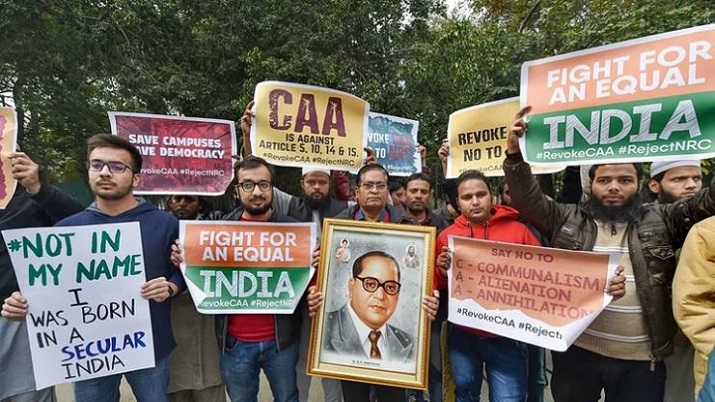
 OpinionExpress.In
OpinionExpress.In
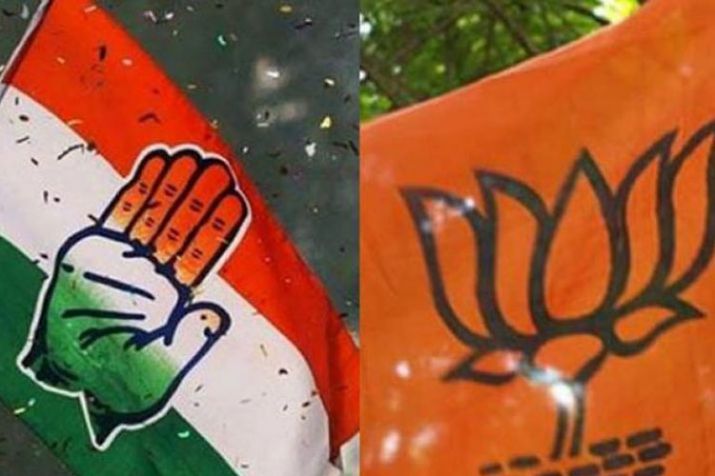

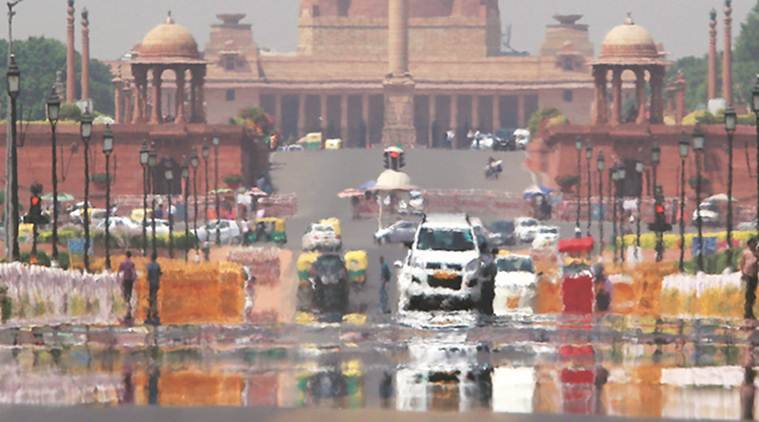
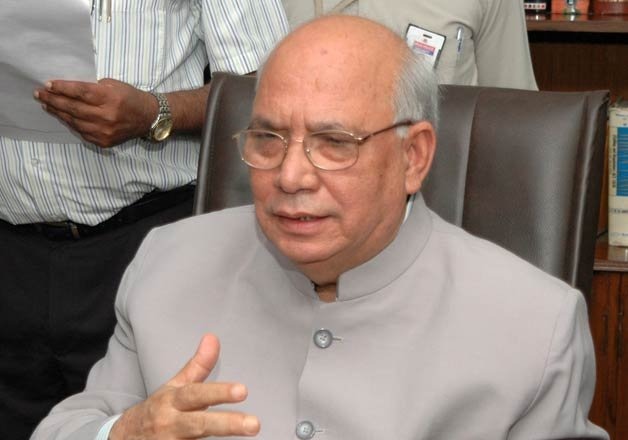
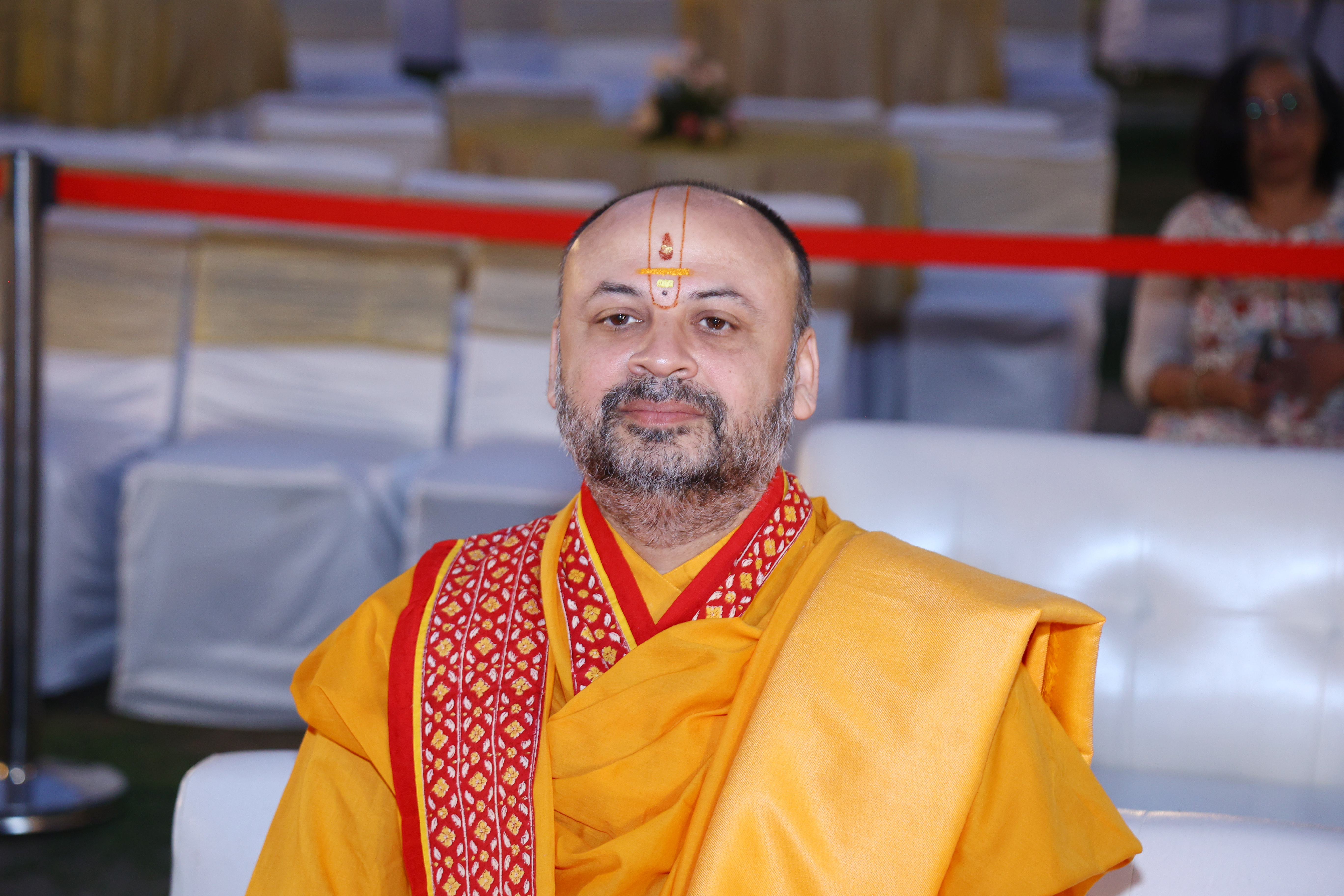










Comments (0)